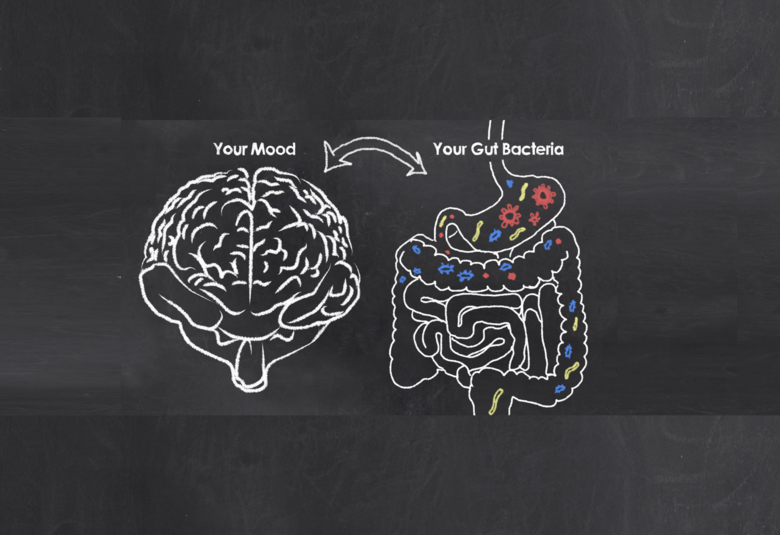The 10–25-year lower life expectancy of people with severe mental health disorders compared to the general population reflects their high level of comorbidities and inadequate healthcare. A re-engineered mental healthcare provision that integrates preventive, screening, assessment and treatment services is key to providing parity of care and closing the mortality gap.
Diabetes and cardiovascular disease are up to twice as common among people with severe mental health disorders, substance use disorders, and common mental health disorders, such as depression, compared to the general population.2
A 10–25-year mortality gap1 – largely due to diabetes and heart disease
Why are diabetes and cardiovascular disease so prevalent?
Risk taking behaviors, lower rates of screening for cardiometabolic morbidities, and lower rates of preventive treatment contribute to the high prevalence of diabetes and cardiovascular disease among people with mental health disorders. For instance:
12% of people with severe mental health disorders have diabetes3 (vs. global prevalence of 8.5%)4
- People with severe mental health disorders are more likely to smoke, drink excessive alcohol, lead a largely sedentary life with little physical activity, have disturbed sleep and have an “unhealthy” diet.2
- People with severe mental health disorders receive less preventive health education and are less likely to be screened for HbA1c or cholesterol, less likely to receive a statin and less likely to be examined for eye or foot complications of diabetes.5
Increased risk of respiratory diseases and tuberculosis
Respiratory diseases, tuberculosis, and mental illness share common risk factors including homelessness, smoking and alcohol/substance abuse.6 As a result, people with severe mental health disorders have an increased risk of respiratory diseases and tuberculosis.2
Strategies for parity of care
Integrate lifestyle interventions into the mental healthcare program
A proactive stepped-care approach to physical illness, pharmacological and psychosocial interventions together with long-term monitoring of outcomes and adherence support, and active participation of the patient has been advocated.7 For instance, the collaborative care approach of the Diabetes Prevention Program.8
The Lancet Psychiatry Commission: A blueprint for protecting physical health in people with mental illness,2 a solution-focused international report to resolve the physical health disparities with mental health, emphasizes the need for:
- additional resourcing for people with mental health disorders
- changing the provision of care culture to ensure lifestyle interventions, and physical healthcare are integrated into the mental health care program, for instance embedding an endocrinologist and providing a gym at the clinic (for more information, see https://progress.im/en/content/lancet-psychiatry-commission-blueprint-protecting-physical-health-people-mental-illness)
Aim for collaborative, coordinated, continuing, community-based, compassionate care
A “5C” — collaborative, coordinated, continuing, community-based, compassionate — approach for person-centered healthcare that looks beyond the individuals with severe mental health disorders to consider their environment and carers9 has also been highlighted (for more on this see https://progress.im/en/content/re-engineering-healthcare-preventing-and-managing-comorbidity-mental-health-conditions)
Our correspondent’s highlights from the symposium are meant as a fair representation of the scientific content presented. The views and opinions expressed on this page do not necessarily reflect those of Lundbeck.




